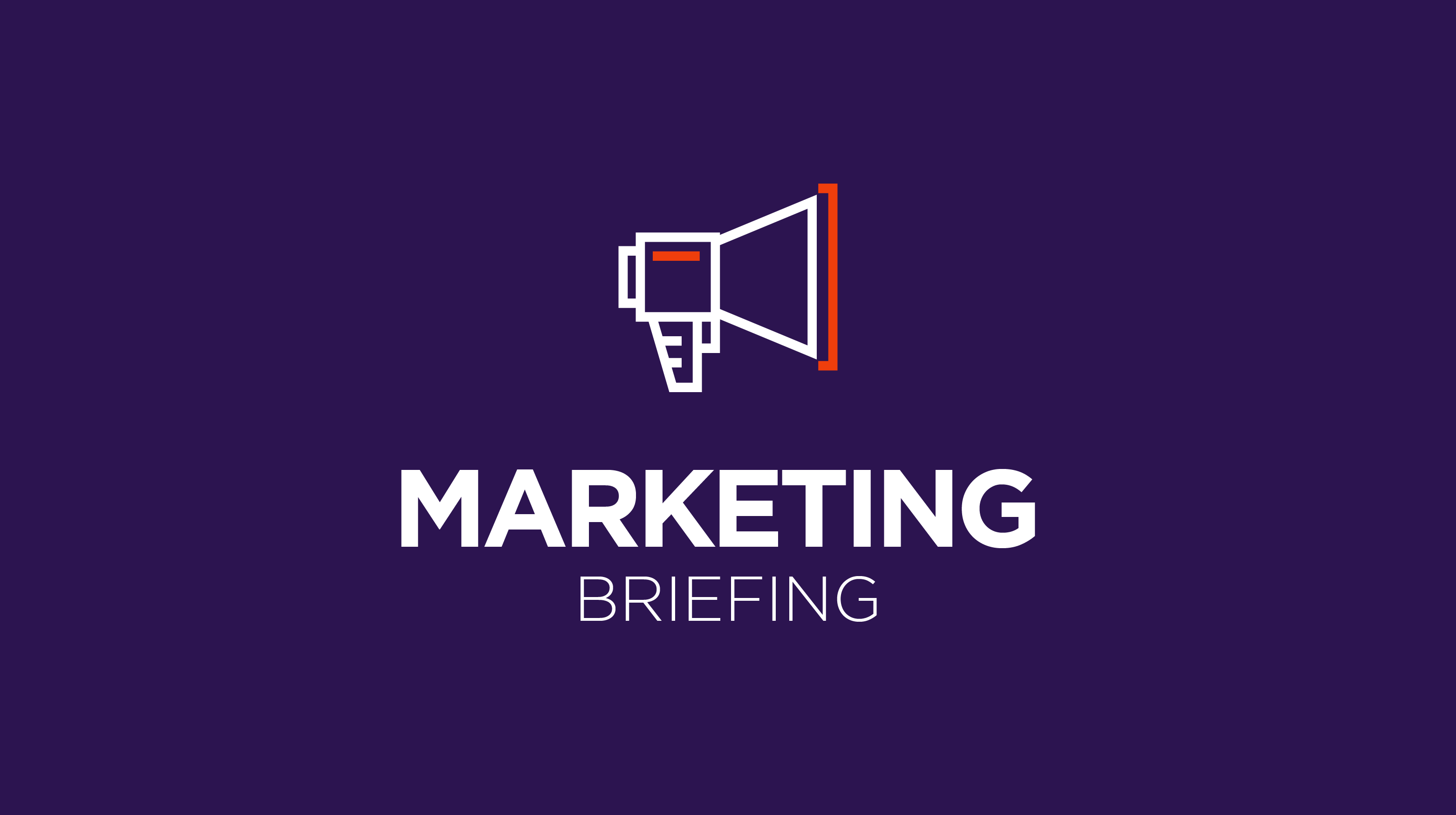Modern Marketing
Marketing Briefing: Could the music industry be an inroad for mainstream NFT use?
- With the NFT-minted Grammys behind us, there’s been talk of what NFTs mean for the music industry — but also what the music industry means for NFTs.
- In other news, as banks continue to get personal with their user base, Farrell Hudzik, EVP of financial institutions at Cardlytics, shares her insight on how the industry is evolving.





